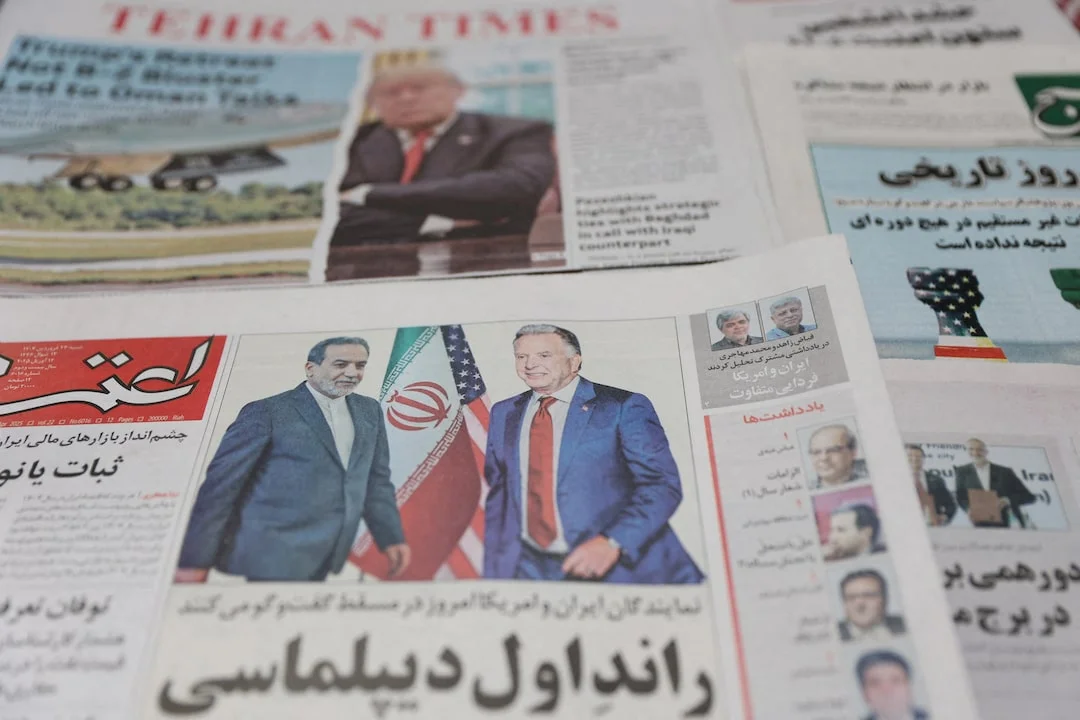
Face-To-Face Diplomacy: Trump’s Team And Iran Launch High-Stakes Nuclear Talks In Oman
The United States and Iran have taken a significant step toward defusing one of the world’s most volatile standoffs, sitting together in Oman for the first direct nuclear talks since President Donald Trump’s return to office. Amid years of escalating tensions and near-miss confrontations, the rare face-to-face represented a bid to break the cycle of threats and mistrust that has defined U.S.–Iran relations since 2018—and to address the rapidly growing danger posed by Iran’s expanding nuclear program.
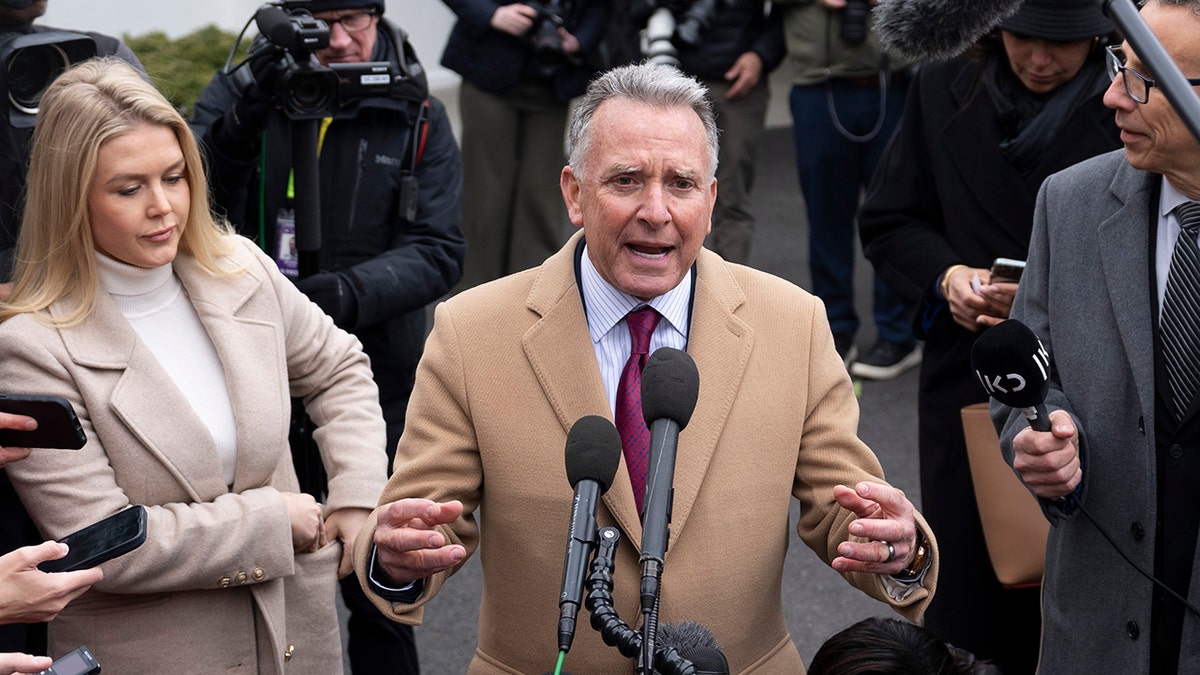
The meeting, held outside Muscat and facilitated by Omani Foreign Minister Said Badr, brought together U.S. Special Envoy Steven Witkoff and Iranian Foreign Minister Abbas Araghchi. The White House described the atmosphere as "very positive and constructive," underscoring Oman's key role as a diplomatic intermediary. Notably, Witkoff relayed President Trump’s personal directive to pursue a diplomatic solution to the nuclear crisis if possible, with Ambassador Ana Escrogima also in attendance.
The backdrop to these talks could hardly be more perilous. Since Trump’s withdrawal from the 2015 nuclear deal, Iran has enriched uranium to 60%—approaching weapons-grade—and amassed over 18,000 pounds, according to the International Atomic Energy Agency. U.S. and allied military posturing in the region, including the deployment of stealth bombers to Diego Garcia and two aircraft carriers to the Middle East, sent an unmistakable message to Tehran. As Rebecca Grant, a senior fellow at the Lexington Institute, put it: "All the options are not only on the table. They're all deployed to the Middle East… That has really gotten Iran’s attention."
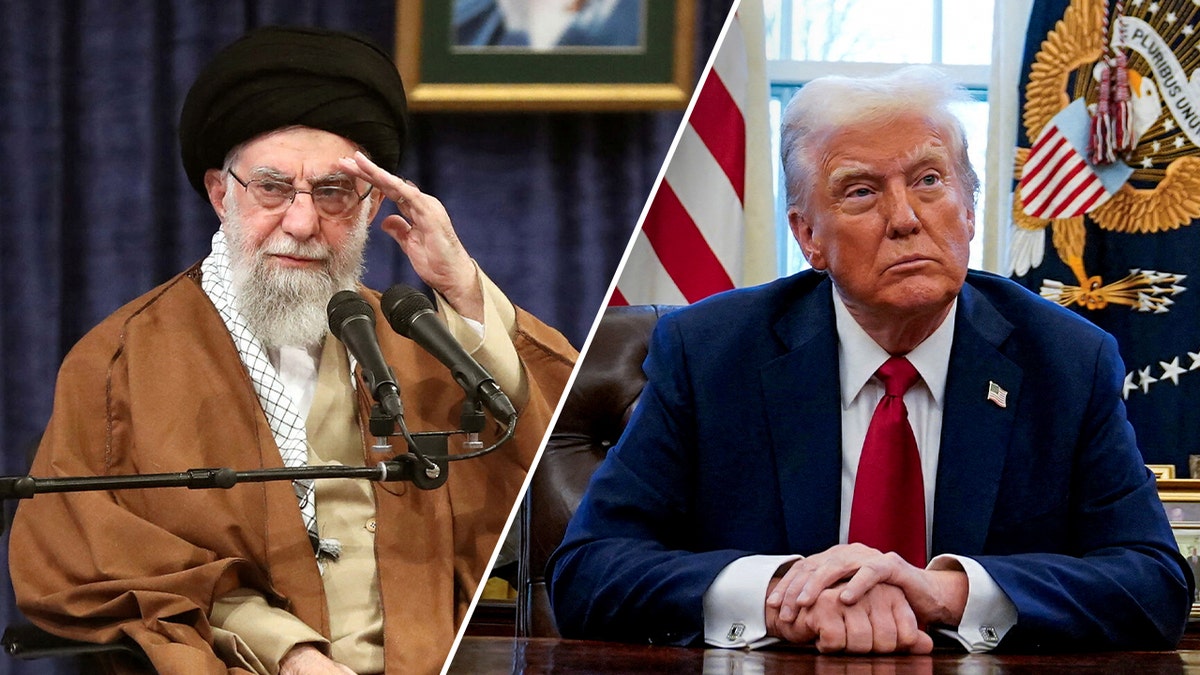
The stakes are clear: as General Jack Keane told Fox News, Iran now faces a stark choice. "They’ve come to the conclusion that the president is dead serious about supporting an Israeli-led, U.S.-supported strike on Iran to take down their nuclear enterprise," he said. This sense of imminent threat may explain Tehran's willingness to engage more directly, despite President Masoud Pezeshkian's overall skepticism, who insists, "They must prove that they can build trust."
Yet, bringing the two sides to the table doesn't mean a breakthrough is at hand. Iranian spokesperson Esmail Baghaei warned of “consequences if threats continue,” emphasizing the precarious balance between confrontation and cooperation. Former Secretary of State Mike Pompeo, meanwhile, insists that only a full, verifiable end to Iran’s nuclear ambitions will suffice. "We have to fully, verifiably eliminate their nuclear weapons program for there to be any agreement," he cautioned.
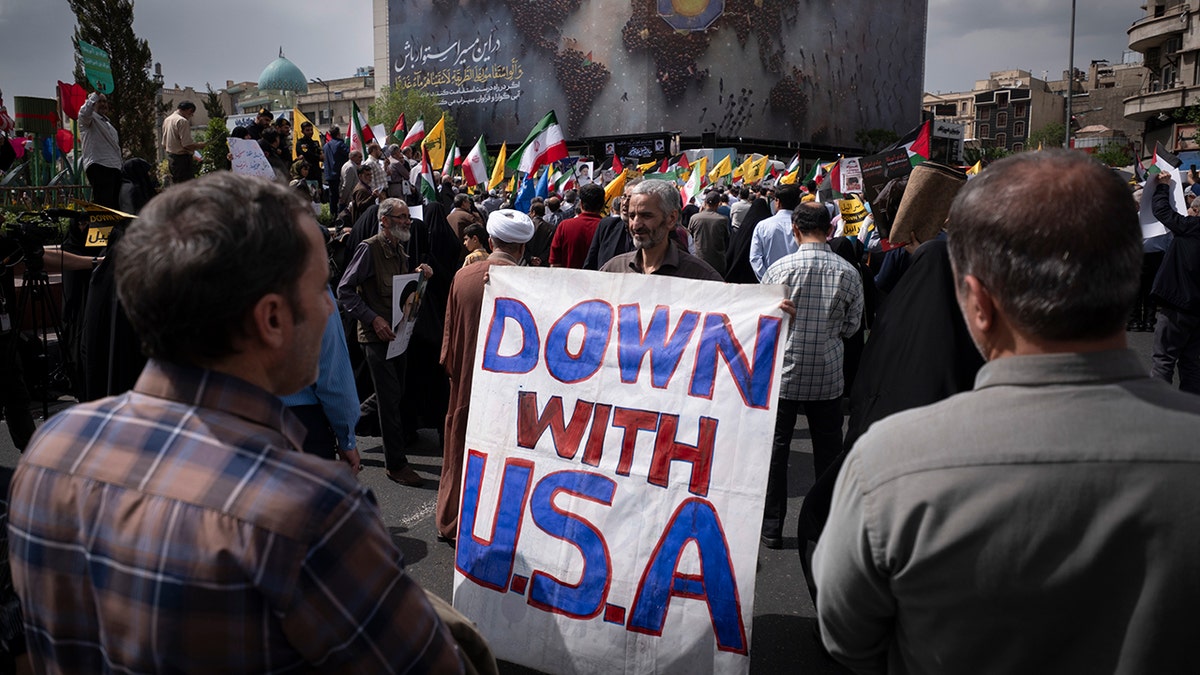
Even as hardline voices on both sides exchange accusations, observers note that military pressure—and the memory of recent Israeli air strikes on Iranian defenses—have made the alternative to dialogue increasingly dire. "It is time for them to start to make a deal," Grant added. Any future agreement, she and others argue, will need robust inspections, real limits on uranium stockpiles, and clear restrictions on missile development.
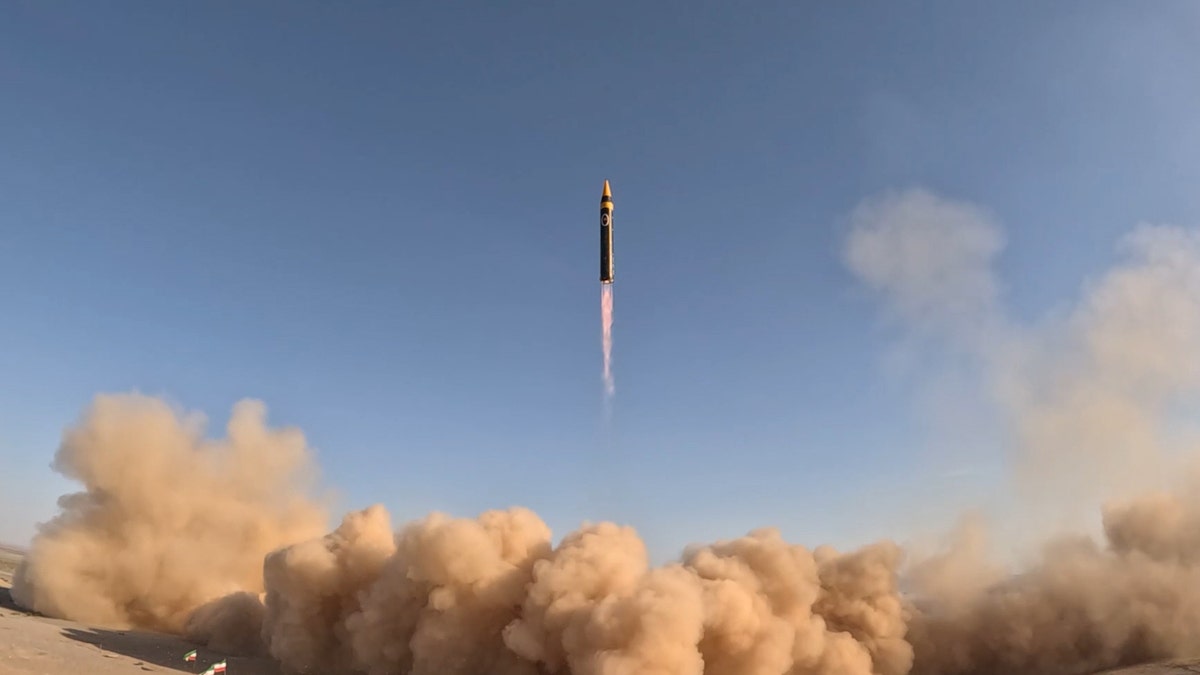
The negotiators are slated to reconvene next weekend in Oman—a sign, perhaps, that both sides are determined not to let diplomacy falter just yet. But as ever, the specter of military action looms should talks collapse.
These new talks mark a pivotal moment in the fraught U.S.–Iran relationship. Will deterrence and dialogue finally give way to a new chapter, or will old grievances derail the fragile diplomatic overture? Readers—do you think this round of negotiations will lead to a real breakthrough, or are both countries locked in an endless cycle of brinkmanship? Share your thoughts and join the conversation below.